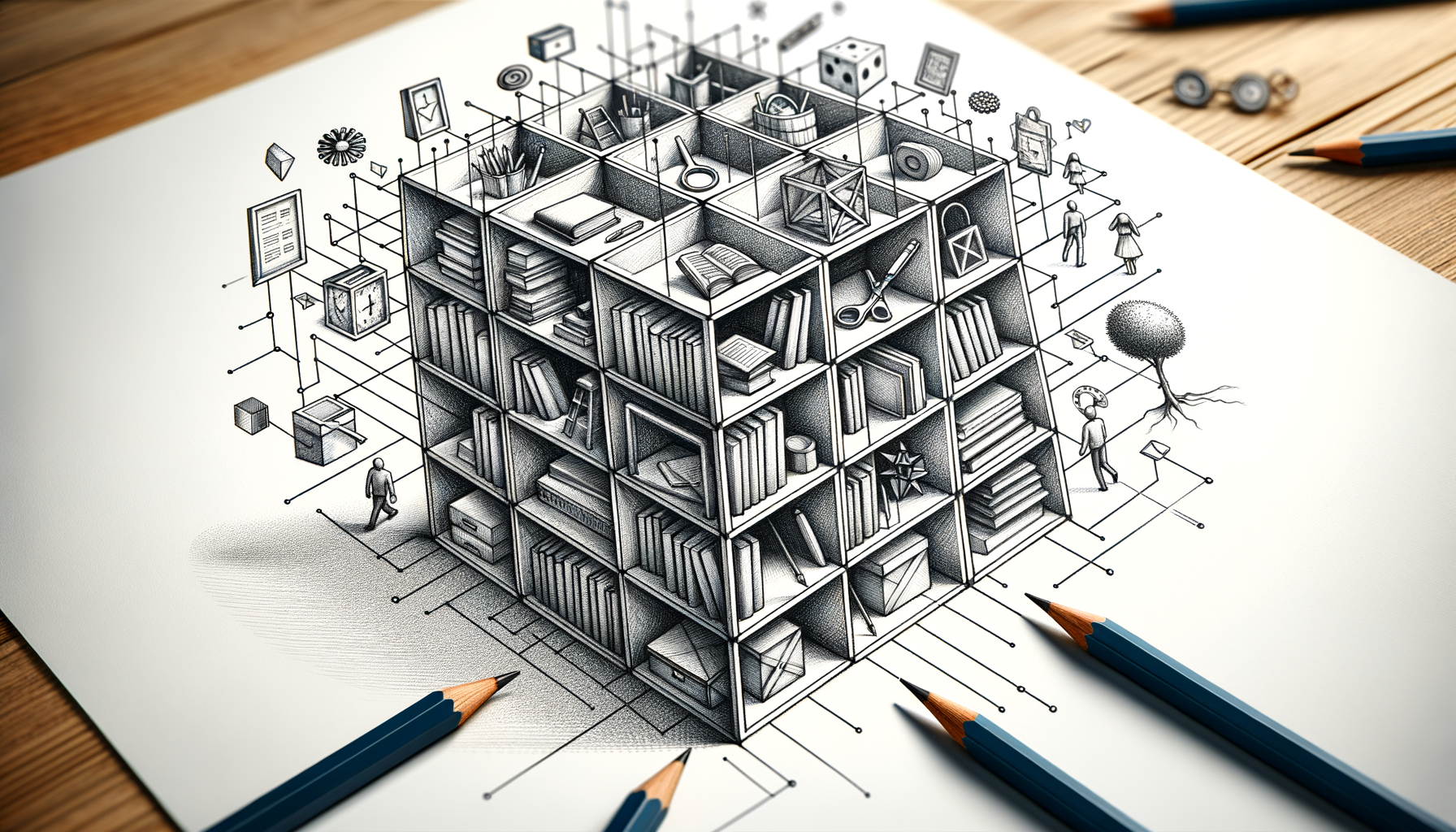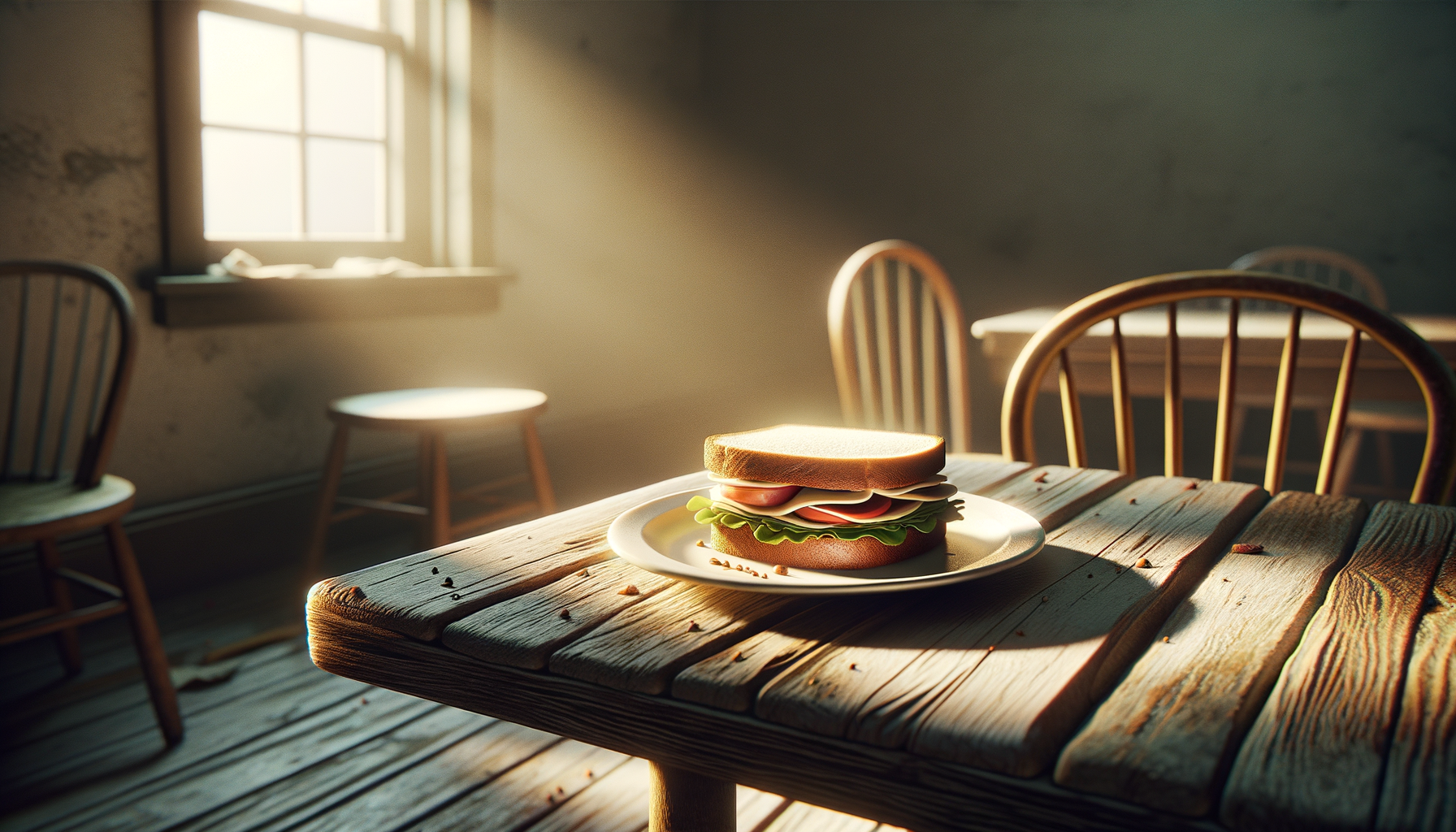The Week I Tried to Build a Bookshelf (and Found Myself in Pieces)
Let me tell you, there’s nothing like a breakup to remind you just how single you are. One blissful evening a few months ago, I decided to “take control” of my life by rearranging my furniture and ordering a new bookshelf. It was ambitious, optimistic even. But somewhere between lugging the heavy box through my doorway and clawing through the 48-page instruction manual, I realized this experience was less about home improvement and more about survival. Little did I know that the deceptively simple task of assembling an affordable, particleboard bookshelf would become a metaphor for putting myself back together after heartbreak.
To say I underestimated the challenge is like saying the summer humidity in Montgomery’s just a tad noticeable. Honey, this “straightforward” project tested my emotional limits, strained my spiritual reserves, and nearly caused a permanent breakup between me and Allen wrenches. By the end, I wasn’t just questioning my taste in furniture—I was reevaluating every choice I’d ever made in life.
Here’s how that week tested me, what I learned, and why the pieces we pick up after falling apart matter more than the perfection we never achieve.
Step One: Facing the Mess You’ve Made
When I dragged the bookshelf box into my living room, I felt invincible. I’d been doing so well post-breakup—journaling, cooking meals that didn’t involve a microwave, smiling at strangers (okay, maybe that one was a stretch). The moment felt symbolic, like I was building a new version of myself, both literally and metaphorically.
Then I opened the box.
Inside sat planks upon planks of what looked like the skinniest wooden boards you’ve ever seen. Disembodied screws. A manual lovingly illustrated by someone who’d apparently trained at the School of Vague Diagrams. And suddenly, the task overwhelmed me in a way that felt eerily familiar—because heartbreak, my friends, is just as disorienting. It’s one thing to say, “I’m going to rebuild my life.” It’s another to start sifting through the rubble trying to figure out what the heck goes where.
My first piece of advice? Start small. You can’t rebuild everything—whether it’s a bookshelf or a broken heart—in one sitting. The goal isn’t to fix it all at once. It’s to take that first tiny, shaky step, even if it’s just finding the Allen wrench at the bottom of the box.
Step Two: Don’t Skip the Instructions (Even When You Think You Know Better)
Let me tell you something about me: I hate instruction manuals. If Ikea furniture could be assembled through sheer force of will? I wouldn’t just thrive; I’d excel. But life’s lessons—and crappy bookshelves—have a way of humbling even the most stubborn among us.
There I was, three hours in, staring at a dangerously lopsided frame that leaned like a tree after a rough tornado season. Why? Because I thought skipping Step 7 probably wouldn’t matter. Spoiler: It mattered.
Love and life are kind of the same way. Breakups leave us aching to “skip ahead.” We’ll throw ourselves into work, hobbies, new connections—anything to fast-forward through the mess. But when you skip steps, whether it’s grieving, reflecting, or just taking a moment to exhale, the cracks eventually show. And just like my bookshelf, you’ll find yourself staring at something unstable, begging for a do-over.
Step Three: When All Else Fails, Laugh (or Cry…or Both)
By Day Three of Shelf Assembly, I had entered a full existential crisis. “How on earth do people DO this?” I texted my best friend, hands covered in wood glue like I’d accidentally joined a kindergarten craft class. I imagined everyone else breezing through life with perfectly aligned shelves, their worries neatly color-coded in hardcover books. Meanwhile, I had a limp frame of mismatched parts and a sweat-soaked T-shirt that screamed “failure.”
At one point, I dramatically sat in the middle of my living room floor and let a single tear fall. And then, for some reason—maybe dehydration, maybe the hopelessness—I started laughing. Like, really laughing.
Here’s the thing about heartbreak and hard times: sometimes you just have to sit in the chaos and let yourself feel the weight of it all, even if that weight feels heavier than every plank in the box. Let yourself cry. Let yourself laugh at how absurd it all is. Because collapsing on the floor with a half-baked shelf doesn’t make you weak; it makes you real.
Step Four: Ask for Help and Stop Apologizing for It
By the time my neighbor, Mr. Carter, peeked over to ask what all the racket was about, I was ready to swear off furniture entirely. “Could you use an extra pair of hands?” he asked. Reader, I wanted to say no. I wanted to pretend I had everything under control and this whole mess wasn’t a reflection of my life unraveling like a loose thread.
But instead, I swallowed my pride and said, “Yes. Please. Absolutely. I will buy you a pie.”
Mr. Carter brought over a power drill. In 30 minutes, we finished what I’d struggled with for nearly five days. And let me tell you, the combination of neighborly kindness and cordless technology was enough to restore my faith in humanity.
There’s no shame in asking for help. Whether you’re piecing furniture together or piecing your soul back into something recognizable, leaning on the people around you doesn’t make you a burden; it makes you human. So the next time someone asks, “Are you okay?” drop the “fine” act and tell the truth. Vulnerability is the raw material for building good relationships.
Step Five: Embrace the Imperfection
When the bookshelf finally stood upright—sure, it wasn’t as sturdy as I’d hoped, and a few screws were mysteriously leftover—I stared at it like it held the mysteries of the universe. It wasn’t perfect, and it never would be, but it was mine.
That’s the thing about building anything, whether it’s your life, your confidence, or a badly assembled piece of furniture: the flaws don’t invalidate the effort. There’s strength in resilience, beauty in imperfection, and humor in the moments that nearly break you.
So if you’re staring at a box full of unfinished pieces—whether it’s literal or metaphorical—know this: you don’t have to put it all together right away. You don’t have to get it “just right.” You just have to start.
The Takeaway: Love Yourself Through the Imperfections
The bookshelf still stands now, months later, holding a mix of my favorite novels and dusty knick-knacks that survived other “versions” of me. Its slight lean reminds me of a vertigo spell after one too many glasses of wine—I could straighten it, sure, but I kind of love it the way it is.
Life after heartbreak is a lot like putting that shelf together. It’s messy. It’s overwhelming. You’ll question everything. But when you lean into the chaos—with a friend’s hands to steady you and some humor to keep you sane—you’ll find there’s more strength within you than you realize.
So embrace your own lopsided, wonky masterpiece. Messy doesn’t mean broken; it means alive.



















